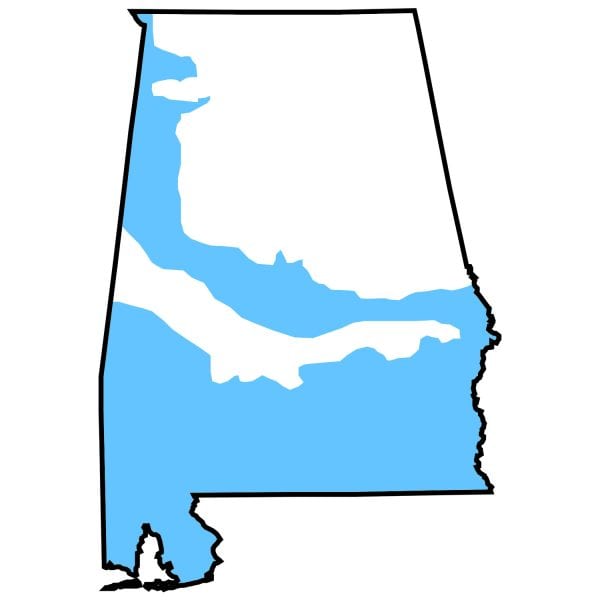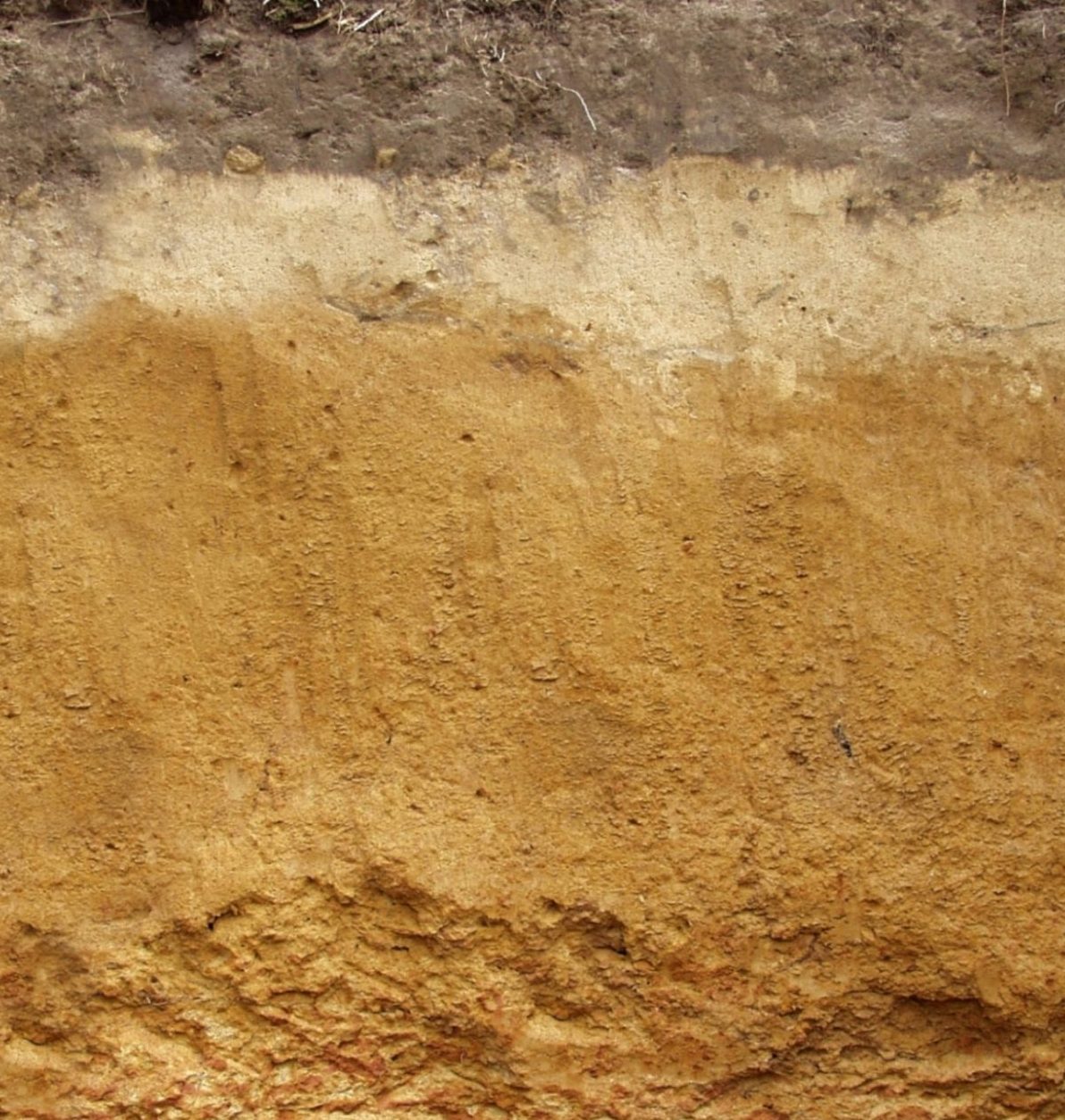Healthy Soils

 Alabama is home to 6 different soil areas. The areas are divided based on soils with similar parent materials, or geological material. Although there are 6 major soil areas, each area includes hundreds of different soil series, or named soils. Generally, series names come from a geographical location near the area where a similar soil was first described.
Alabama is home to 6 different soil areas. The areas are divided based on soils with similar parent materials, or geological material. Although there are 6 major soil areas, each area includes hundreds of different soil series, or named soils. Generally, series names come from a geographical location near the area where a similar soil was first described.
The Coastal Plain covers the southern two-thirds of Alabama, which was formed from marine deposits when oceans periodically covered this part of Alabama. In some cases, it is divided into the Lower Coastal Plain and the Upper Coastal Plain to designate regions of different ages. Most of the soils of this region formed from sandy marine deposits.
Landscapes of the Coastal Plain vary from flatlands to rolling hills. These well-drained soils on flatter hilltops, terraces, and bottomlands can be productive farmland for peanuts, corn, cotton, and vegetables. Rolling fields are important for coastal bermudagrass and bahiagrass hayfields, and as pasture for cattle.
However, most of the Coastal Plain is in timber today—loblolly, slash, and longleaf pine plantations support the pulp, paper and lumber industries in this part of the state.
Characteristics:
- Typical Coastal Plain soils have sandy topsoil and clayey subsoil.
- The soil is highly weathered, low in plant nutrients, and acidic (soil pH < 6.0).
- Surface soil colors range from a light brown in sandy soils to a bright red where iron oxides coat the soil particles. Darker surface soil colors are often related to an accumulation of organic matter.
Subsoil colors can be yellow or gray if poorly drained (wet most of the year), to bright red where soils are well-drained. Locally, regions of similar Coastal Plain soils may be given more descriptive names, such as:
- Upper Coastal Plain
- Lower Coastal Plain
- Wiregrass (southeastern Alabama)
- Flatwoods
- Piney Woods
- Clay Hills (western Alabama)
- Black Belt
Considerations
To grow many of the crops, garden vegetables, lawn grasses, and ornamentals not native to South Alabama, regular additions of lime, fertilizer, and other soil amendments are necessary. Soils in this region may also be highly erodible once the forests are cleared, so landowners must take special care to protect them. Many farmers are adopting reduced tillage techniques in the Coastal Plains for this reason.
Photo by John A. Kelley, USDA Natural Resources Conservation Service.

